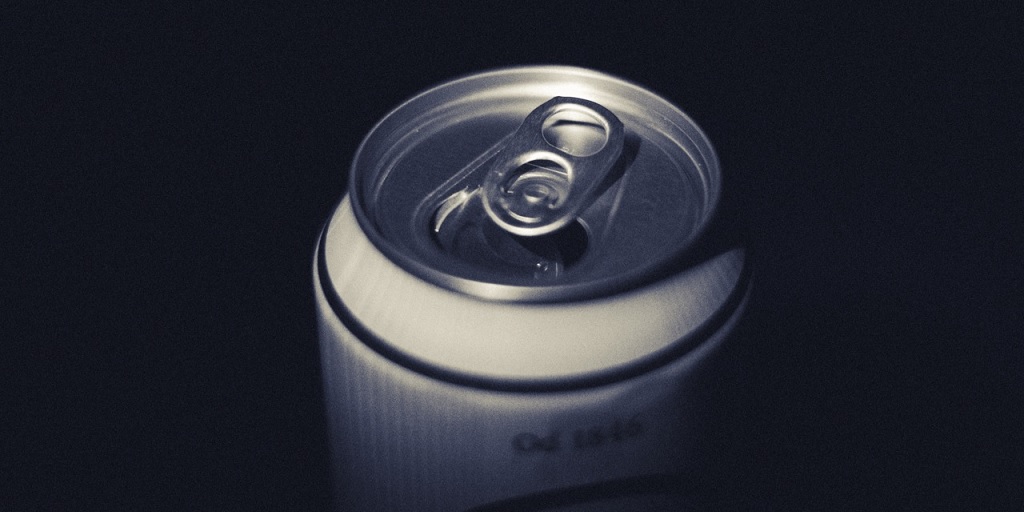
Timely labelling reminder after low-alc slip

A recent labelling issue which led a major independent brewery to change the packaging on one of its beers has refocused attention on labelling obligations.
Earlier this year, Stone & Wood launched East Point a 2.7% abv beer, which it initially labelled ‘low alcohol’.
Shortly after release, the brewery realised that, at 2.7% abv, the beer did not fall under the definition of ‘low alcohol’ as determined by Food Standards Australia New Zealand.
According to FSANZ, an alcoholic beverage containing more than 1.15% alcohol by volume must not be represented as a low alcohol beverage.
Stone & Wood amended the packaging of subsequent batches of East Point from ‘low alcohol’ to ‘lower alcohol’.
Nick Boots, general manager at Stone & Wood, said that he hoped other brewers would be able to learn from the brewery’s error.
“When I look back retrospectively and the team who brought the brand to life, in the total business we have a combined 500 years in the brewing industry, and the executive team we have 200 years combined and we still made a mistake, which goes to show that it can absolutely be done.”
Once the Stone & Wood team uncovered the issue, they took a proactive approach.
“The key was to understand how we missed it, and what do we do about it? Have we created a legal issue? We got legal advice and food safety advice, and we put our hand up and say yes we made a mistake there, and these are the things we have to do to rectify this.”
He said that at the top of the list was product safety.
“Have we created a significant product safety issue and if so, what is the corrective action? Would a voluntary withdrawal be required or at the extreme end, is a product recall required?”
Boots explained that Stone & Wood has a 50-page document development internally for the management of a product-related issue such as this.
“It helps guide us through appropriate levels of action and that’s prudent for as many brewers as possible to have at their disposal,” he advised.
“[It also helped us] make some swift meaningful decisions once the issue had been recognised.
“In our case specifically we went through our process in the hours after we recognised the issue.
“Because the abv of the product was clearly called out, effectively changing from low to lower was all that was required. We got independent legal advice, which suggested it wasn’t a safety issue, or a significant legal issue.”
Within 12 hours Stone & Wood had updated all the digital images and communication across its platforms, Boots said.
“We quickly pivoted from low alcohol to lower, and developed a plan to reprint new cans and have them in the market promptly. We were in a sound position, we hadn’t created a safety issue or clearly tried to mislead, we put our hand up and admitted we’d made an oversight.”
By Christmas, the original cans will be out of circulation.
Boots said the company has discussed whether to throw out the remaining stock of cans but decided that, on balance, it was more responsible to use them.
“We had discussed it and the cost wouldn’t have been significant because we didn’t do a huge production run anyway. It was more so the waste and filling landfill with tonnes of waste, which goes against our ethos.”
Despite the difficulties and challenges the labelling issues caused, Boots said the team wanted to learn from it, and hoped their experiences would help others.
“We have a role to play in setting standards and we need to be honest when we make a human mistake and rectify it and learn from it,” he said.
“It’s a chance to update our processes internally and provide a refresher for our teams, and hopefully, others can learn from it.”
To find out more about labelling, the IBA has made publicly available labelling guidelines which are informed by rules from state and territory food regulators, the Australian Competition and Consumer Commission, the National Measurement Institute and the Alcohol Beverages Advertising Code Scheme (ABAC).
You can listen to the Brew News Live podcast on labelling, presented at the Cryer Malt Trade Hub at last year’s Good Beer Week.



